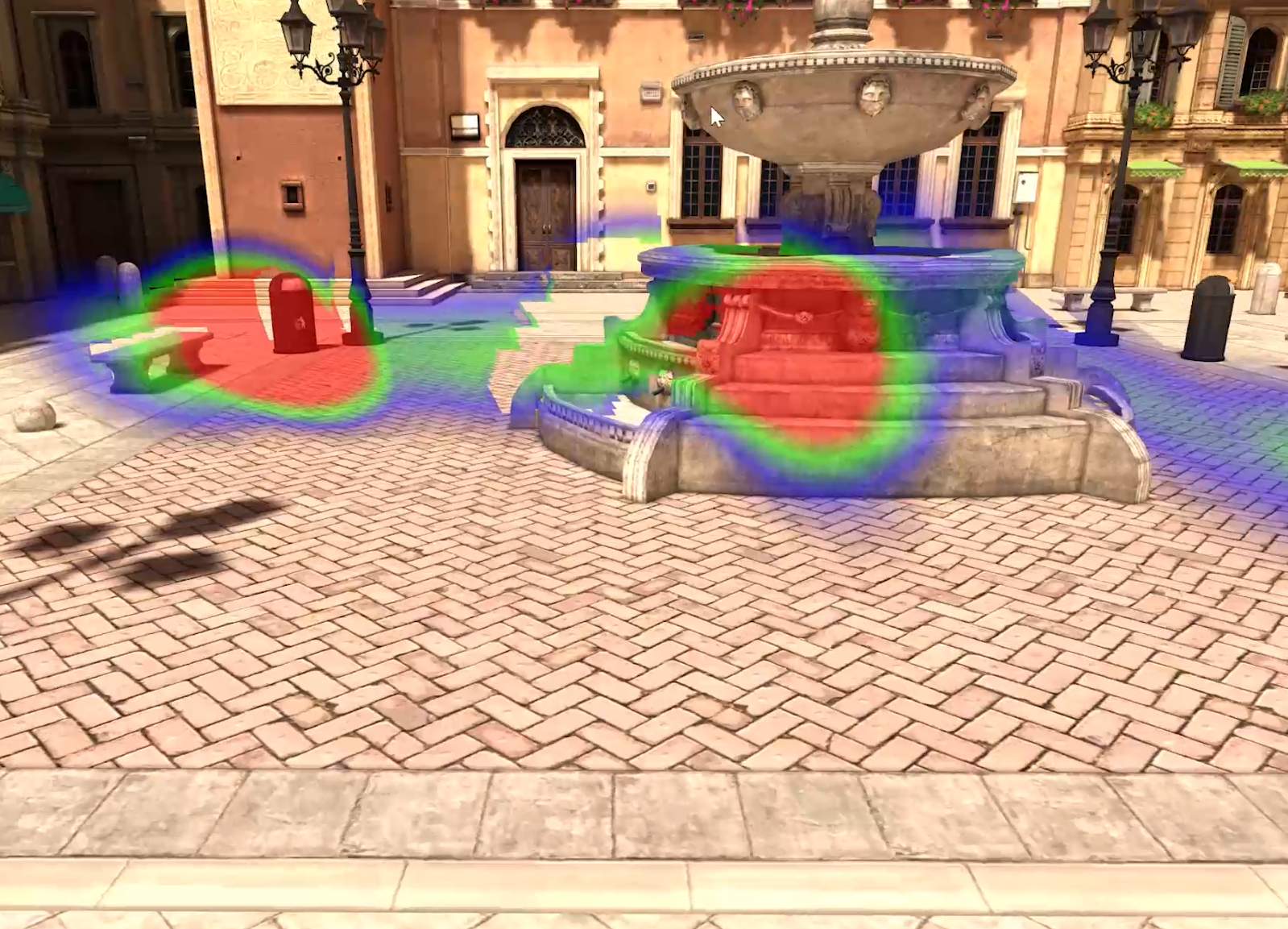

In this paper, we demonstrate EyeLoop’s utility in an open-loop experiment and in biomedical disease identification, two common applications of eye-tracking. This Python-based software easily integrates custom functions using code modules, tracks a multitude of eyes, including in rodents, humans, and non-human primates, and operates at more than 1,000 frames per second on consumer-grade hardware. To address these issues, we developed an open-source eye-tracker – EyeLoop – that uses a highly efficient vectorized pupil detection method to provide uninterrupted tracking and fast online analysis with high accuracy on par with popular eye tracking modules, such as DeepLabCut. It also does not easily allow for real-time analysis and closed-loop design to link eye movements to neural activity. Despite this broad utility, eye-tracking remains expensive, hardware-intensive, and proprietary, limiting its use to high-resource facilities. 3Department of Genetics, The Graduate University for Advanced Studies (SOKENDAI), Mishima, JapanĮye-trackers are widely used to study nervous system dynamics and neuropathology.2Multiscale Sensory Structure Laboratory, National Institute of Genetics, Mishima, Japan.1Department of Biomedicine, Danish Research Institute of Translational Neuroscience - DANDRITE, Nordic-EMBL Partnership for Molecular Medicine, Aarhus University, Aarhus, Denmark.

Simon Arvin 1, Rune Nguyen Rasmussen 1† and Keisuke Yonehara 1,2,3*


 0 kommentar(er)
0 kommentar(er)
